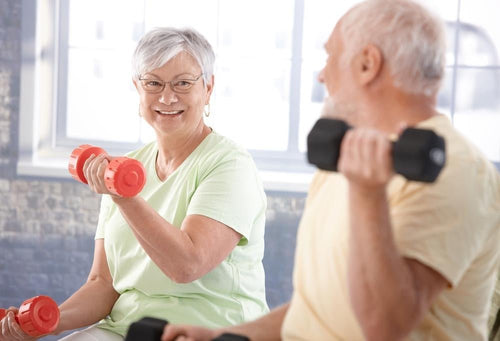I have written about high-intensity short-interval training several times, because more and more research is teaching us how to maximize our exercise benefits. Research has proven that it’s a very effective way of exercising. So how can you use this principle when exercising to get the best results?
The secret is revealed in the reviewed research.(Cochran AJ,et al. 2014). These researchers compared:
- High-intensity short interval training performed on a stationary bike, done either for 30 seconds with 4 minutes of rest in between intervals repeated 4 times.
- One set of continuous exercises that were matched for total energy output and required 4 minutes to complete as fast as possible.
Strangely enough, even though energy output was the same, the results were not!
After the first exercise session both protocols produced similar increases in markers of AMPK, p38 MAPK and PGC-1alpha mRNA expression. These are proteins related to mitochondrial energy production in muscles. These proteins were also measured after six weeks of exercising three times per week. Here are the surprising results:
The continuous exercise protocol did not produce the same increase in these markers after six weeks as the short interval protocol with rest in between sets did. It turns out that intermittent stimulus is important for maximizing muscle adaptation.
If you want maximum results from exercise it needs to be short, very intensive intervals. You need rest in between the intervals to recover.
When you exercise this way your actual exercise time will be very short, only two minutes per session.
Cochran AJ1, Percival ME, Tricarico S, Little JP, Cermak N, Gillen JB, Tarnopolsky MA, Gibala MJ. Intermittent and continuous high-intensity exercise induce similar acute but different chronic muscle training adaptations. Exp Physiol. 2014 Feb 14. [Epub ahead of print]







